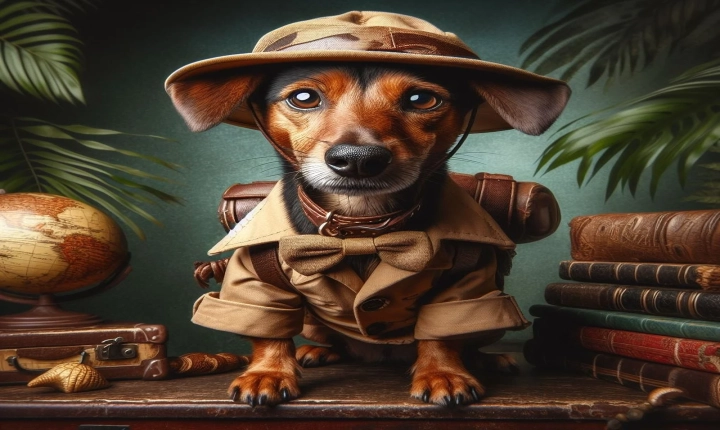Title: How to Catch Plagiarism from ChatGPT: A Guide for Writers and Editors
In the age of artificial intelligence, tools like ChatGPT have made it easier than ever to generate content quickly. However, with this convenience comes the risk of unintentional plagiarism. As a writer or editor, it’s important to be vigilant in detecting and preventing plagiarism, even when using AI-powered writing tools. In this article, we will discuss some effective strategies for catching plagiarism from ChatGPT.
Understand the Risks
Before diving into the methods for catching plagiarism, it’s crucial to understand the potential risks associated with using ChatGPT. While ChatGPT can be a valuable writing assistant, it may inadvertently produce content that closely resembles existing sources. This could result in accidental plagiarism, which can have serious consequences for writers, editors, and the organizations they work for.
Utilize Plagiarism Detection Tools
One of the most effective ways to catch plagiarism from ChatGPT is to use dedicated plagiarism detection tools. Tools such as Turnitin, Grammarly, and Copyscape can quickly compare your generated content with a vast database of existing sources to identify any potential instances of plagiarism. By regularly running your ChatGPT-generated content through these tools, you can minimize the risk of unintentional plagiarism slipping through the cracks.
Analyze the Writing Style and Tone
Another method for catching plagiarism from ChatGPT is to analyze the writing style and tone of the generated content. Since ChatGPT is trained on a diverse range of sources, it’s possible for the AI to mimic the writing styles of existing texts. By carefully examining the overall tone and voice of the content, writers and editors can identify any instances where the writing closely resembles existing sources.
Cross-Check Key Phrases and Sentences
When using ChatGPT to generate content, it’s important to cross-check key phrases and sentences to ensure that they are not directly lifted from existing sources. By entering select sentences or distinctive phrases into a search engine, writers and editors can quickly determine if the content has been plagiarized. This method can help identify any instances where ChatGPT has inadvertently replicated existing material.
Verify Facts and Figures
In addition to checking for textual similarity, writers and editors should also verify any facts and figures included in the ChatGPT-generated content. Inaccurate or misleading information may indicate that the AI has drawn from unreliable or plagiarized sources. By conducting thorough fact-checking, you can ensure that the content is original and free from plagiarism.
Consult Subject Matter Experts
For writers and editors working on technical or specialized content, consulting subject matter experts can help in catching plagiarism from ChatGPT. Subject matter experts are well-positioned to identify content that closely resembles existing sources within their field of expertise. By seeking their input and feedback, writers and editors can ensure that the generated content is both original and accurate.
Conclusion
While ChatGPT and similar AI-powered writing tools offer numerous benefits, it’s important for writers and editors to remain vigilant in catching and preventing plagiarism. By utilizing plagiarism detection tools, analyzing writing style and tone, cross-checking key phrases and sentences, verifying facts and figures, and consulting subject matter experts, writers and editors can effectively catch plagiarism from ChatGPT. These strategies will help uphold the integrity of the content and contribute to a culture of ethical and original writing.
